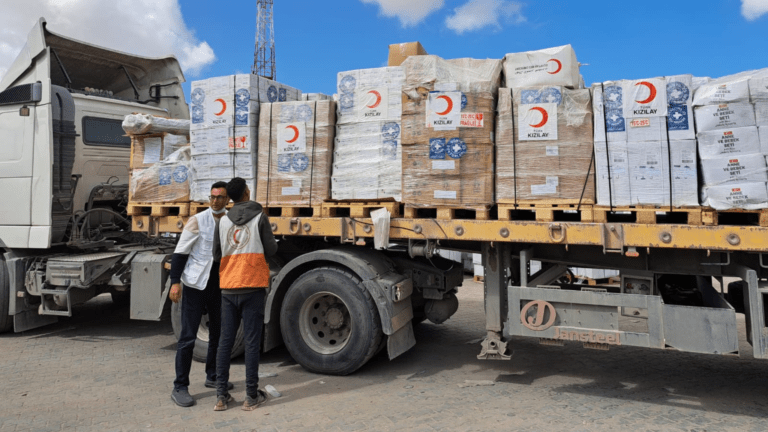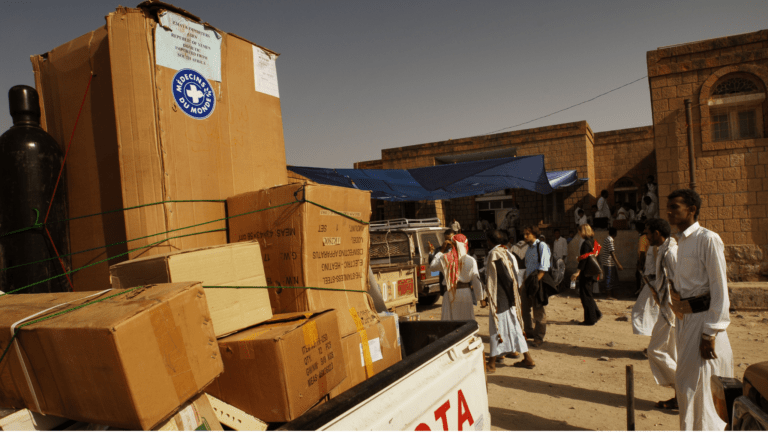JE DÉCOUVRE LE DON MENSUEL
JE DÉCOUVRE LE DON MENSUEL
JE DÉCOUVRE LE DON MENSUEL
JE DÉCOUVRE LE DON MENSUEL
JE DÉCOUVRE LE DON MENSUEL
JE DÉCOUVRE LE DON MENSUEL
JE DÉCOUVRE LE DON MENSUEL
JE DÉCOUVRE LE DON MENSUEL
JE DÉCOUVRE LE DON MENSUEL
JE DÉCOUVRE LE DON MENSUEL
JE DÉCOUVRE LE DON MENSUEL
JE DÉCOUVRE LE DON MENSUEL
JE DÉCOUVRE LE DON MENSUEL
JE DÉCOUVRE LE DON MENSUEL
JE DÉCOUVRE LE DON MENSUEL
JE DÉCOUVRE LE DON MENSUEL
JE DÉCOUVRE LE DON MENSUEL
JE DÉCOUVRE LE DON MENSUEL
JE DÉCOUVRE LE DON MENSUEL
JE DÉCOUVRE LE DON MENSUEL
JE DÉCOUVRE LE DON MENSUEL

Scientific report : Comprehensive assessment of informal settlements in Bagmati corridor of Kathmandu valley
Informal settlements are becoming a housing option for a significant and growing portion of the urban population worldwide. Rapid urbanization and migration from rural areas to cities are key factors driving the increase in informal settlements.
The objective of this study on informal settlements in the Kathmandu Valley is to assess the health and well-being of individuals living in the informal settlement areas along the Bagmati River corridors, in Kathmandu district, including informal waste workers. This study reveals that the surveyed populations come from all over the country. Common reasons for staying include the lack of money to buy land, easier access to employment, or unaffordable rent.
The study highlights significant health disparities. It reveals that 56.2% of families have a member suffering from a chronic illness, with hypertension being the most common. In terms of nutrition, 86.1% of households have a high dietary diversity, but issues of underweight, overweight, and obesity persist. Among children aged 6 to 59 months, 24% are underweight, 28% are stunted, and 12% are wasted. Regarding reproductive health, 33.7% of married participants use family planning methods, primarily temporary ones, and 88.9% of births take place in healthcare institutions.













